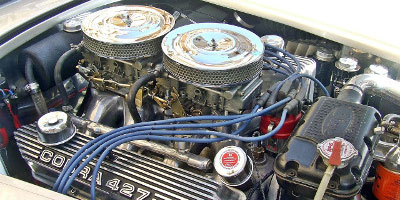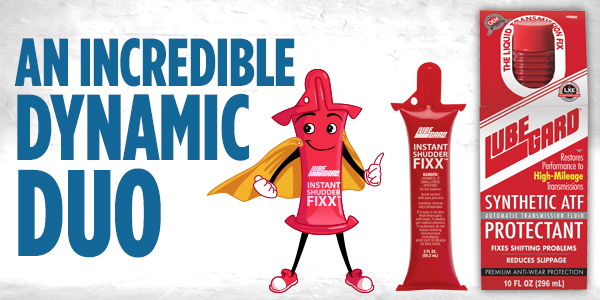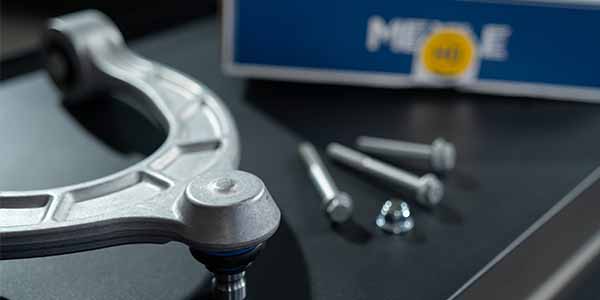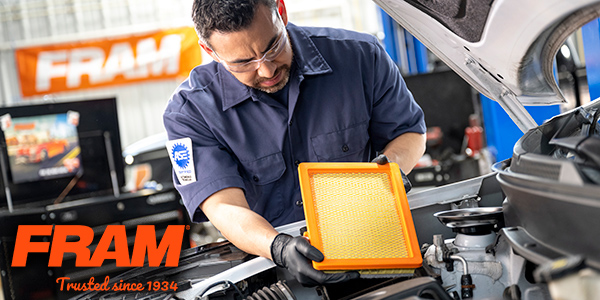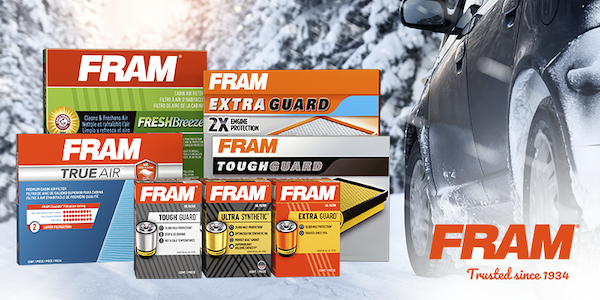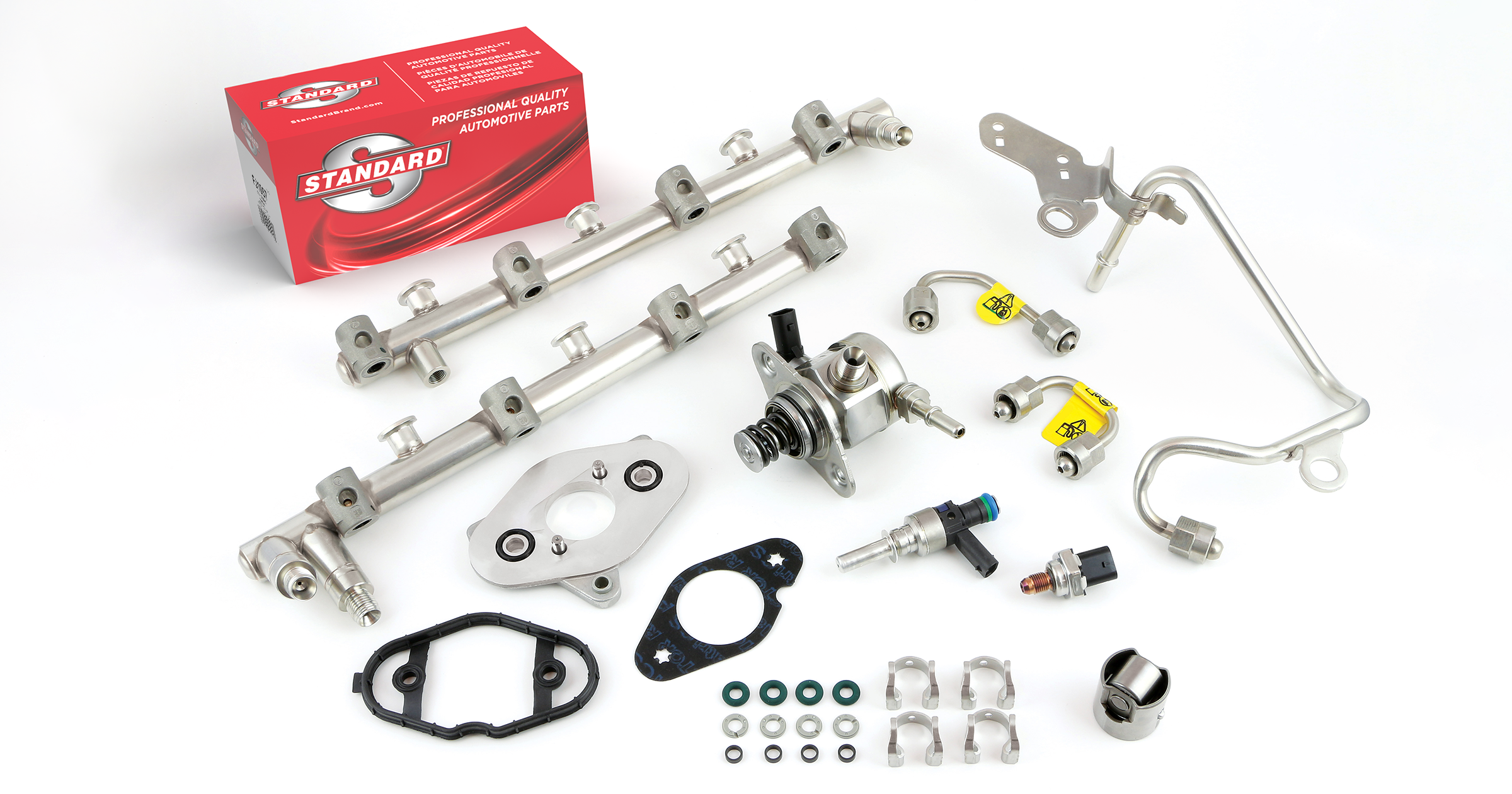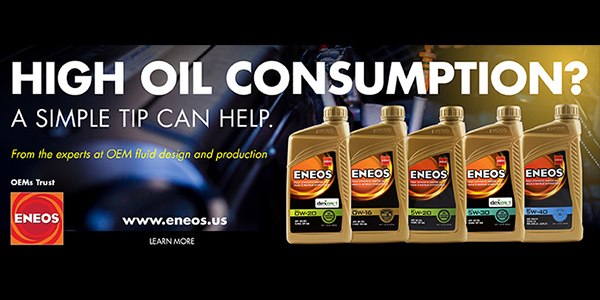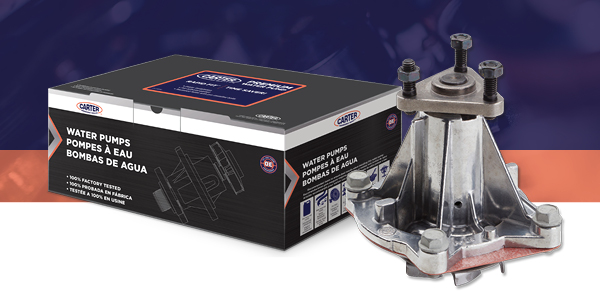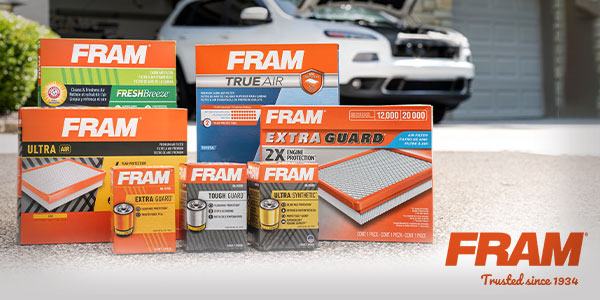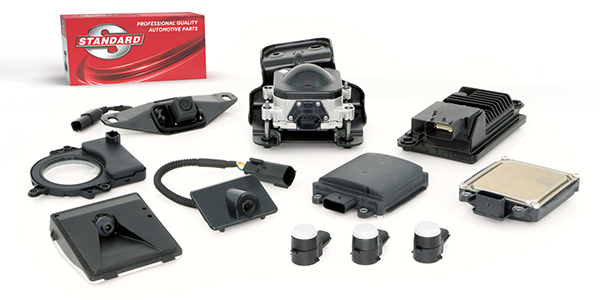
As a service advisor, you know the cooling system pretty well. It’s easy to forget that the customers you work with every day may not understand the cooling system very well. So some of your explanations about cooling system issues may go over their heads.
To help you inform your customers, here’s a list of the most common issues and how to explain them in layman’s terms.
1. Coolant Mixed With Oil Due to Oil Cooler Failure
First, explain that oil coolers are not found on most cars, but many gasoline engined turbocharged cars have them. The turbo is lubricated with engine oil. The turbo heats up the oil as the oil passes through it’s bearings, and creates the need for a cooler. Also explain that the engines oil and coolant are only separated by a gasket where the oil cooler mounts to the engine. The gasket gets brittle as it ages and can leak. As engine oil is more highly pressurized than coolant, the oil is forced through the bad gasket into the coolant. Some oil coolers may have an internal failure that allows oil into the coolant.
2. The Weep Hole
Explain that the weep hole is designed to provide early warning that the water pump is starting to fail. A seal around the impeller shaft prevents coolant from reaching the water pump bearings. When the seal first begins to wear out, it will leak just a little bit. If leakage is seen, the water pump should be replaced proactively to prevent headaches and potential engine damage later.
3. Coolant Mixed With Oil Due to a Blown Head Gasket
A blown head gasket is a fairly common issue, so it’s likely that your customer has heard of it before. But you probably still need to explain how a blown head gasket can cause oil to leak into the coolant. Don’t forget to explain that coolant can leak into the combustion chamber and mix with the oil, as well.
4. Coolant Contaminated With Transmission Fluid (or Vice Versa)
The average person doesn’t know that there’s a cooling circuit inside the radiator meant to keep the transmission fluid cool. This is not found on all cars, but if the car or truck has a towing package, it most likely has a transmission cooler. In the cooler, the transmission fluid passages run right next to the engine coolant passages. Sometimes the cooling circuit containing the transmission fluid leaks. Transmission fluid will leak into the coolant and eventually end up in the reservoir.
On some cars, the opposite can happen. Engine coolant can leak into the transmission fluid. In these cases, the engine coolant is under higher pressure that the transmission fluid. So coolant can leak into the transmission. If caught early enough, it might be possible to save the transmission by thoroughly flushing it.
This article was sponsored by GMB North America, Inc. For more information, please visit our website at www.gmb.net

